Germany ZEW Economic Sentiment dropped from 26.5 to 22.3 in October, below expectation of 20.4. That’s the fifth decline in a row. Germany Current Situation Index tumbled sharply from 1.9 to 21.6, well below expectation of 29.5, and the first decline since February.
Eurozone ZEW Economic Sentiment dropped from 31.3 to 21.0, below expectation of 26.5. Eurozone Current Situation dropped -6.6 pts to 15.9. Eurozone inflation expectations indicator dropped -3.0 pts to 17.1. But 49.1% of experts still expect inflation to rise further in the next six months.
ZEW President Professor Achim Wambach said: “The economic outlook for the German economy has dimmed noticeably. The further decline of the ZEW Indicator of Economic Sentiment is mainly due to the persisting supply bottlenecks for raw materials and intermediate products. The financial market experts expect profits to go down, especially in export-oriented sectors such as vehicle manufacturing and chemicals/pharmaceuticals.”




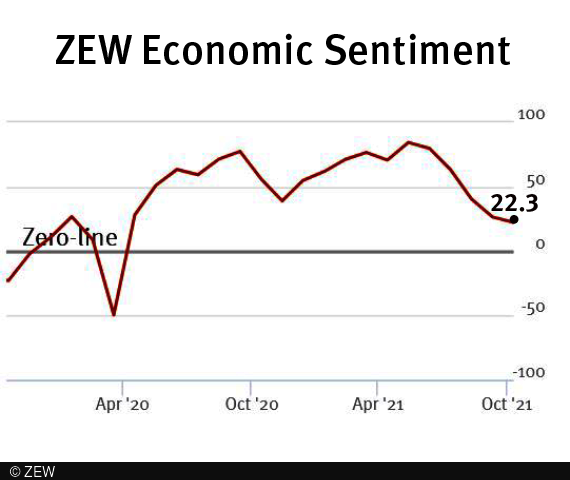
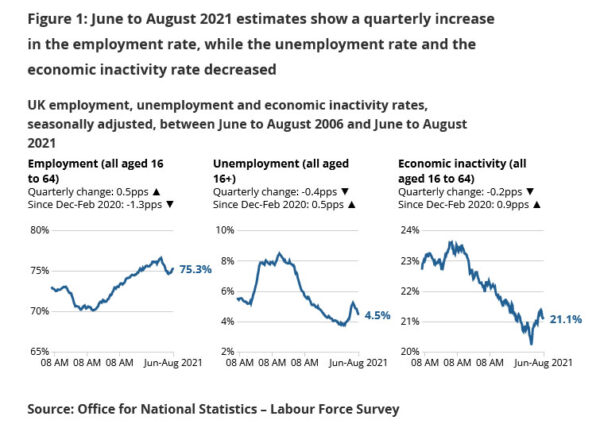
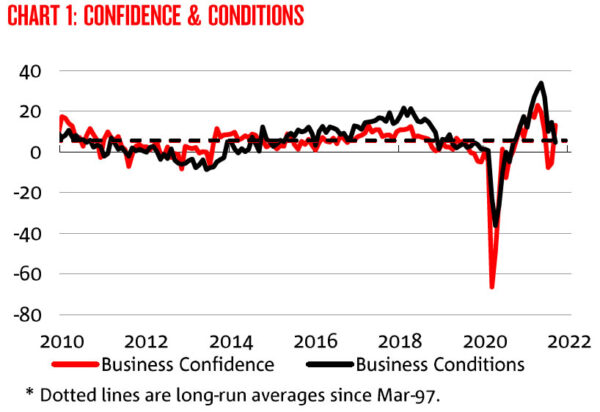
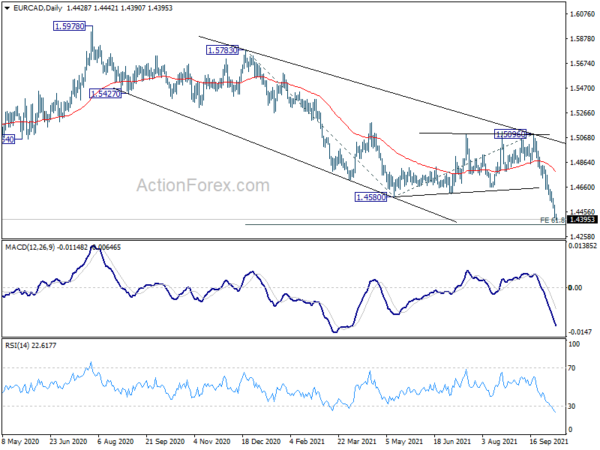
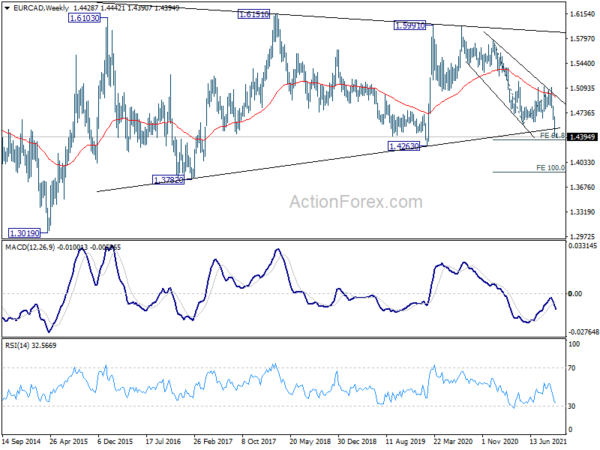
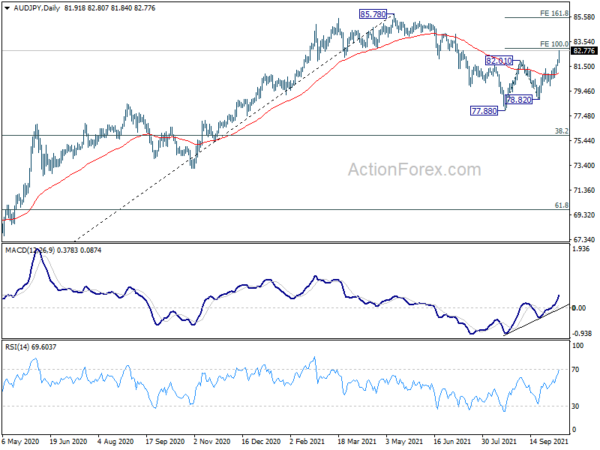
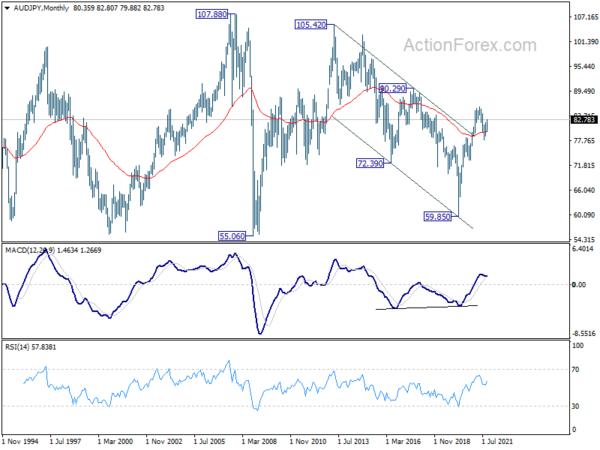
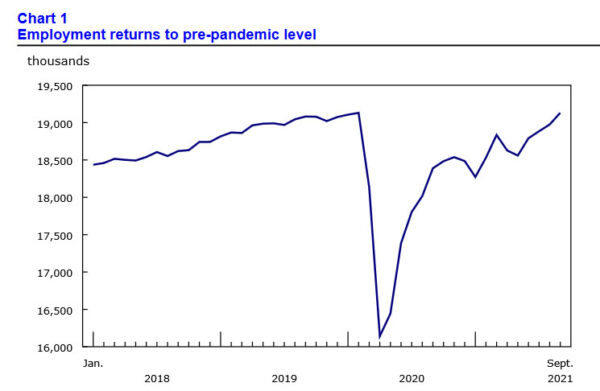
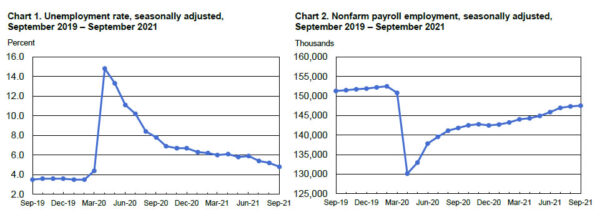
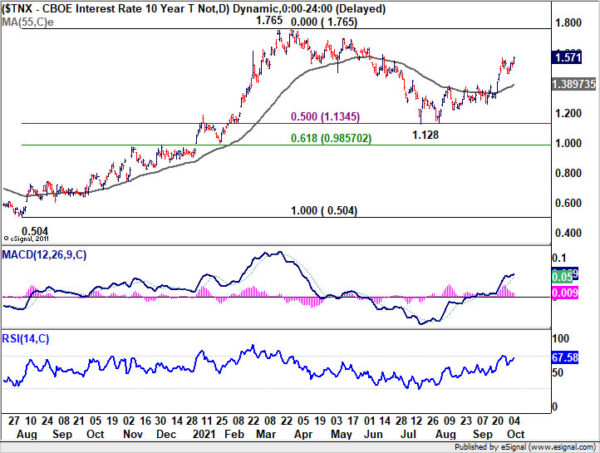
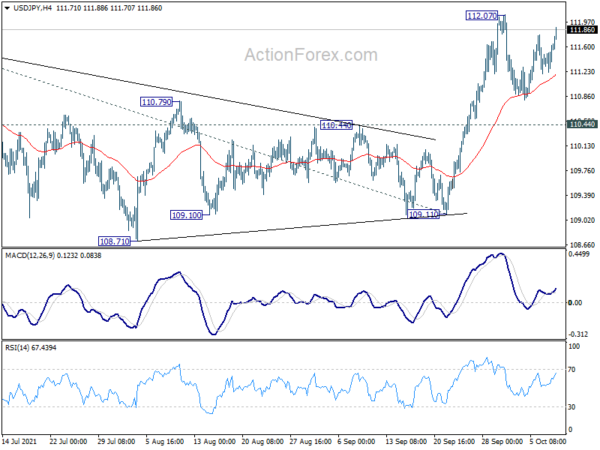
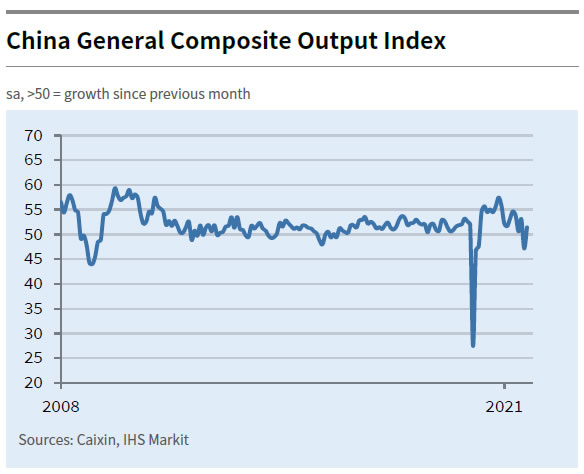
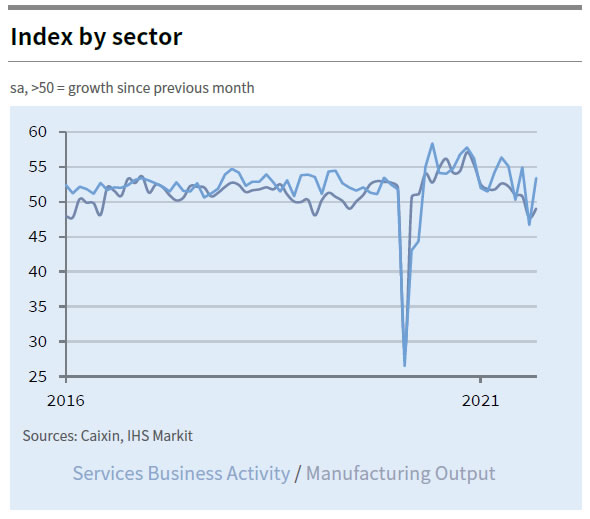
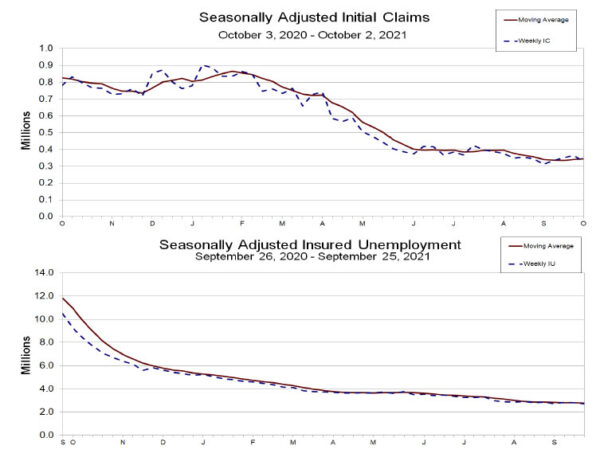

IMF lowers 2021 growth forecast slightly to 5.9%
IMF lowered 2021 growth forecast slightly by -0.1% to 5.9% , reflecting “a downgrade for advanced economies—in part due to supply disruptions—and for low-income developing countries, largely due to worsening pandemic dynamics.”
That’s “partially offset by stronger near-term prospects among some commodity-exporting emerging market and developing economies.”
IMF also warned, “rapid spread of Delta and the threat of new variants have increased uncertainty about how quickly the pandemic can be overcome. Policy choices have become more difficult, with limited room to maneuver.”.
Full release here.